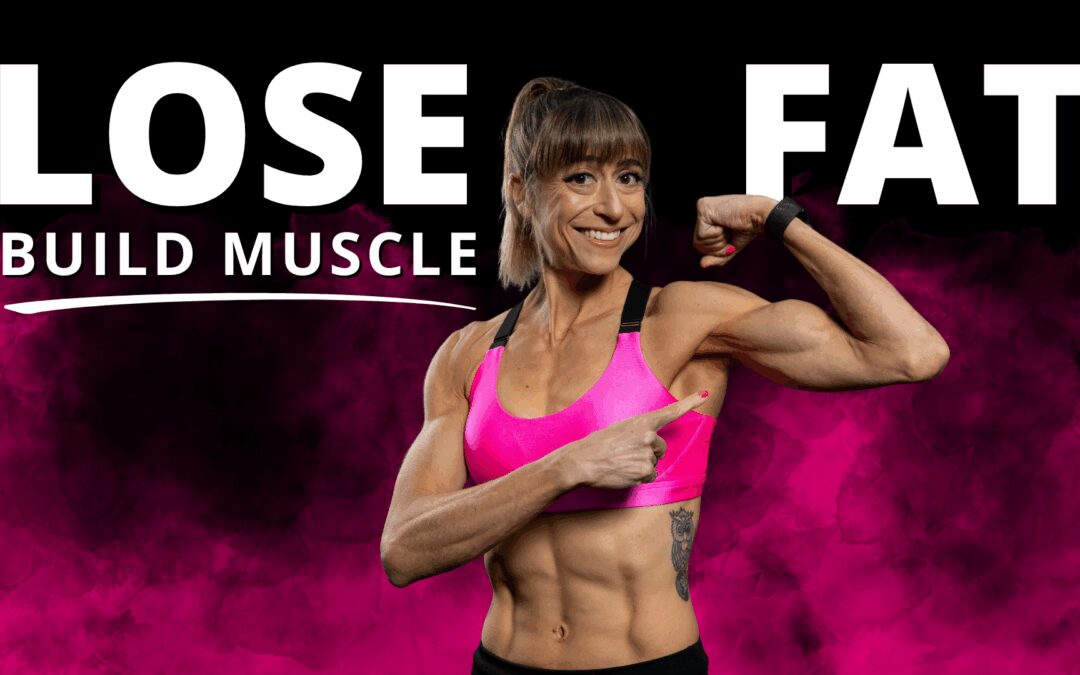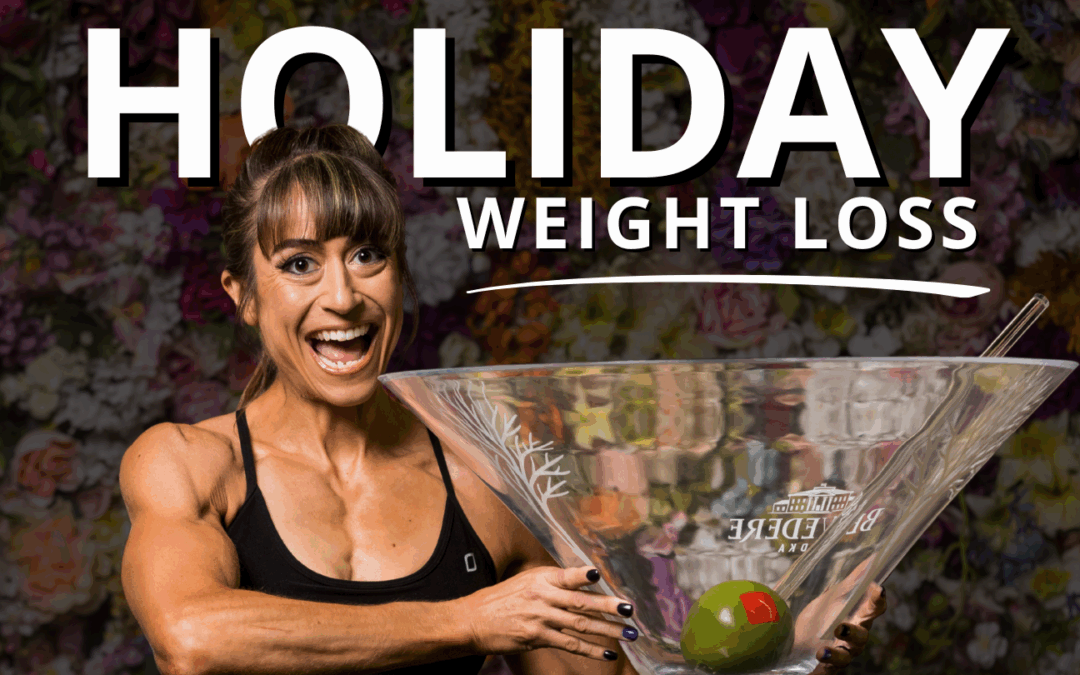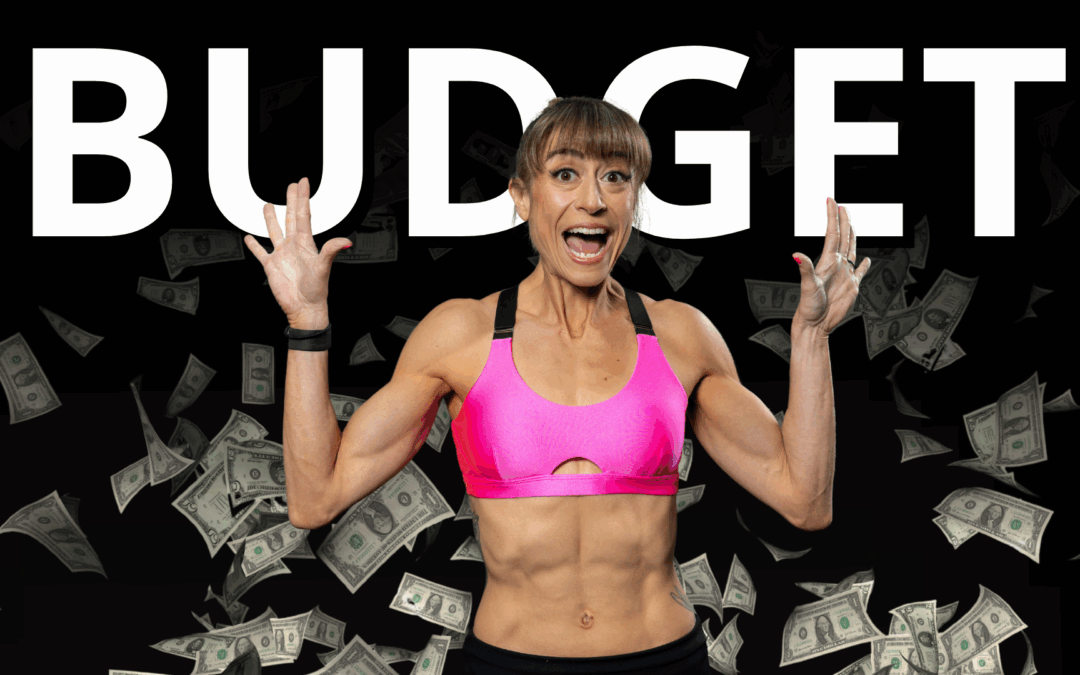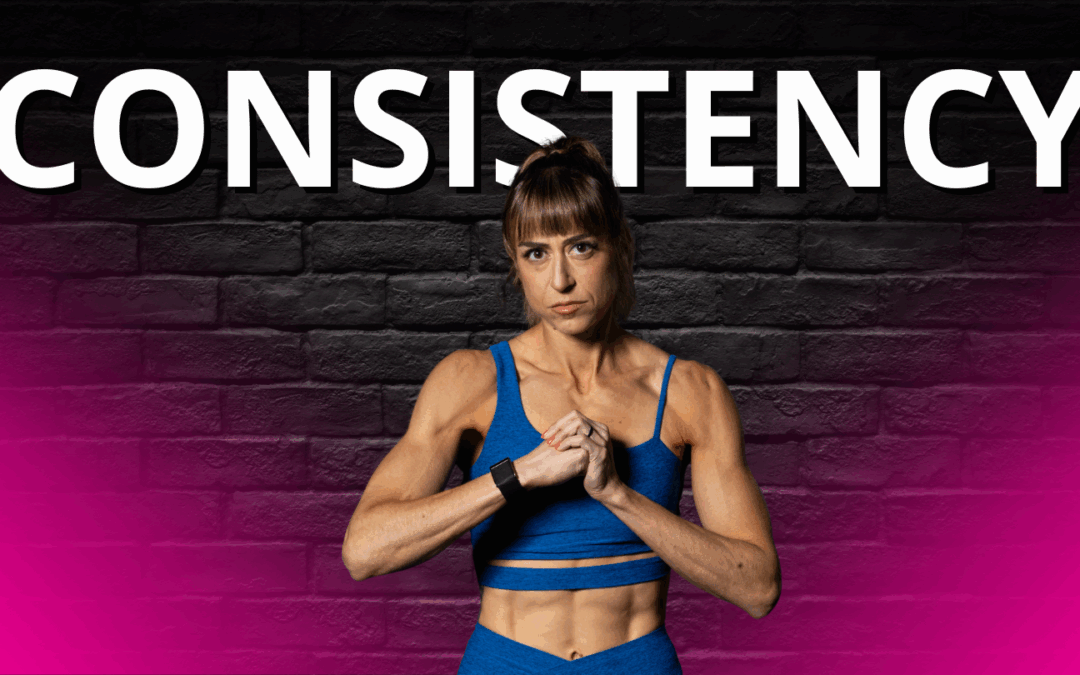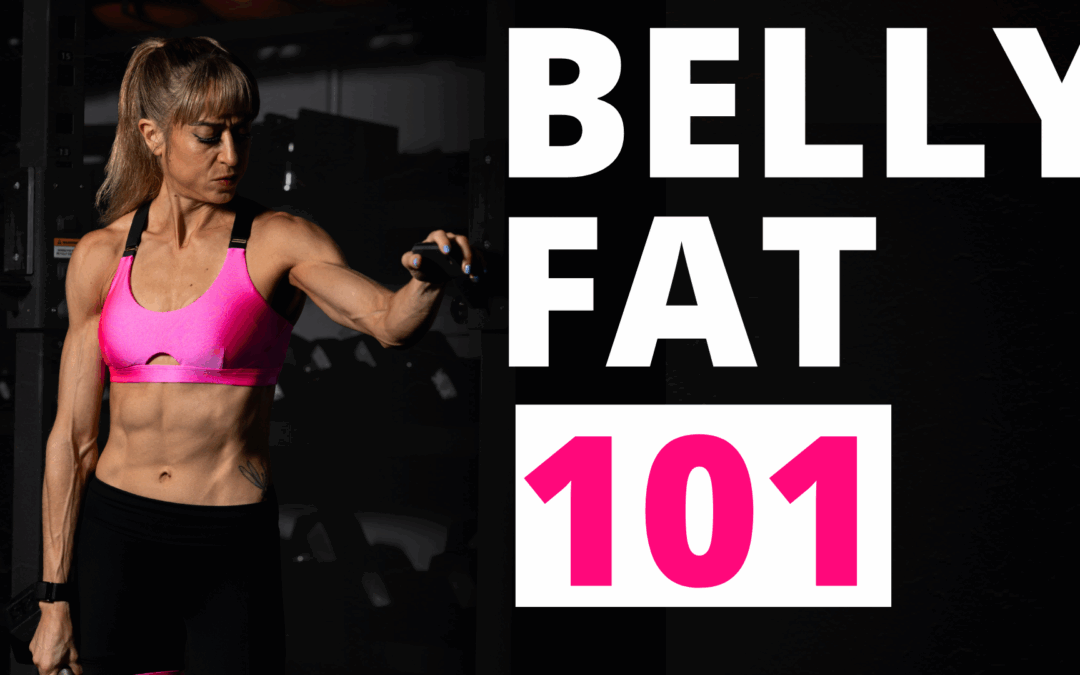
by Ashley Cashdollar | Oct 23, 2025 | podcast
I’m Cori Welcome To The Redefining Strength Podcast Listen on Spotify Listen on YouTube Listen on Podcast Addict Listen on Amazon Music HIDE TRANSCRIPT SHOW TRANSCRIPT Cori (00:00):Welcome to the Redefining Strength Podcast. Everything you need to succeed on...

by Ashley Cashdollar | Oct 2, 2025 | podcast
I’m Cori Welcome To The Redefining Strength Podcast Listen on Spotify Listen on YouTube Listen on Podcast Addict Listen on Amazon Music HIDE TRANSCRIPT SHOW TRANSCRIPT Cori (00:00):Welcome to the Redefining Strength Podcast, everything you need to succeed on...

by Cori Lefkowith | Sep 25, 2025 | podcast
Listen: Change Requires CHANGE If you’re feeling stuck and know deep down that you could be doing better, don’t wait any longer. Your life is not going to change until you take action and make a bold move towards your goals. If you’re ready to take control of your...

by Cori Lefkowith | Sep 11, 2025 | podcast
Listen: Change Requires CHANGE If you’re feeling stuck and know deep down that you could be doing better, don’t wait any longer. Your life is not going to change until you take action and make a bold move towards your goals. If you’re ready to take control of your...

by Cori Lefkowith | Sep 7, 2025 | Blog, Diet
Feel like you’re seeing some more definition in specific areas… That you’re even getting leaner and stronger… But that the fat around your middle just won’t budge no matter what you do? The sucky truth? That stubborn belly fat is often the last to go despite it being...
